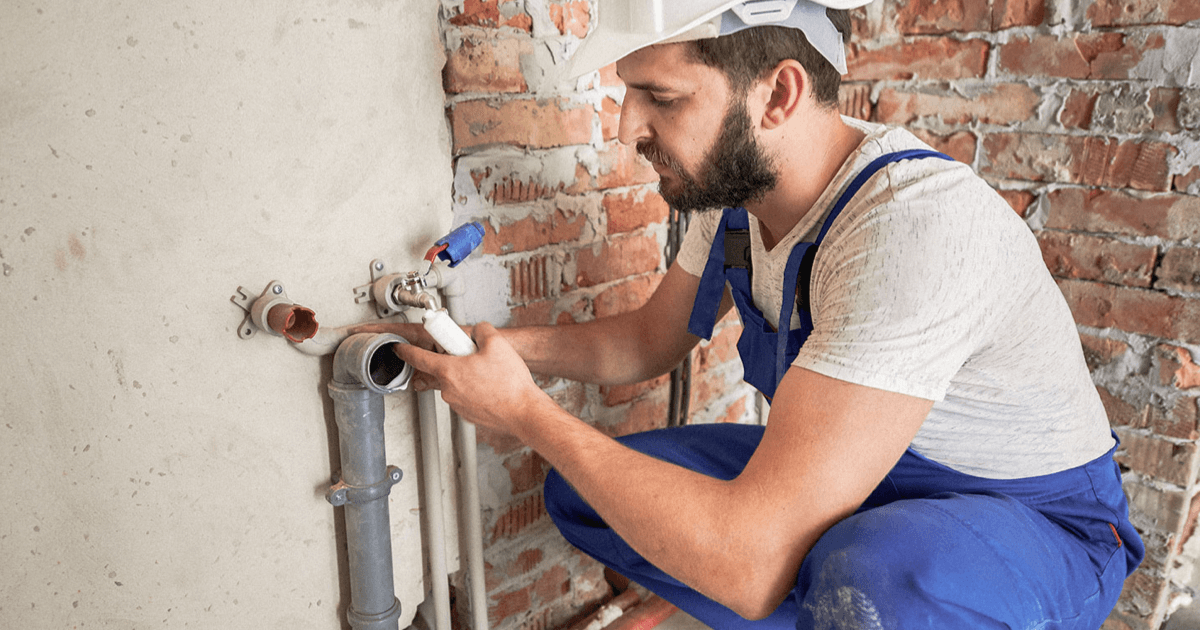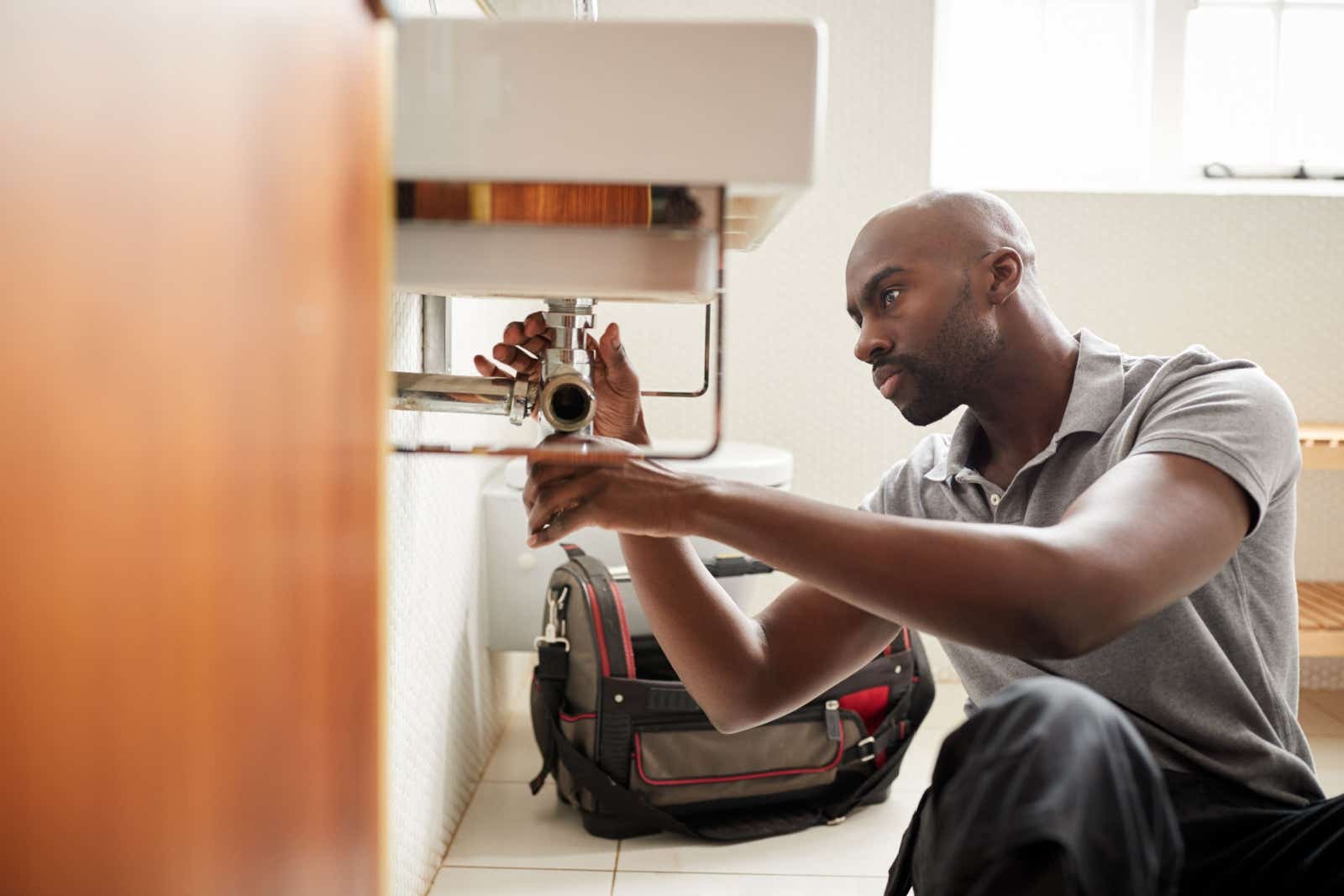Vital Plumbing Alabaster AL Tips for Homeowners
Vital Plumbing Alabaster AL Tips for Homeowners
Blog Article
A Step-by-Step Overview to Reliable Water Heating Unit Installation for Optimal Performance
Embarking on the task of installing a hot water heater is an endeavor that demands accuracy and an organized approach for achieving optimum performance. The procedure begins with the vital choice of selecting the proper heating system customized to the certain demands of your house, considering factors such as type, energy, and size source. When selected, preparing the setup area to satisfy security requirements is critical. The trip does not end below. As you proceed, the details of linking water supply lines and setting up reputable electric or gas links wait for, encouraging insights right into making sure effectiveness and reliability.
Choosing the Right Hot Water Heater

Following, take into consideration the dimension and capacity of the hot water heater. It's crucial to examine your family's warm water demands, which can differ based on the variety of residents and their use patterns. An unit that's as well small may result in not enough warm water, while an extra-large design may result in unneeded energy consumption.
Effectiveness ratings also play an essential duty in option. Try to find water heating systems with high Energy Element (EF) scores, showing exceptional performance and decreased power usage. Tankless designs, though commonly more expensive upfront, deal considerable power financial savings with time as a result of their on-demand heating capabilities.
Preparing the Installation Area
Prior to mounting a new hot water heater, precise prep work of the installment location is essential. This makes certain a smooth installation process and aids stop future problems (Plumber Alabaster AL). Begin by choosing a proper area that abides by neighborhood building ordinance and safety and security requirements. The location should be dry, well-ventilated, and obtainable for upkeep. It's important to determine the area very carefully to suit the water heater's measurements, ensuring adequate clearance around the unit for reliable procedure and maintenance.
Inspect the floor for security, as the water heating unit will need a strong, level surface area to operate successfully. If essential, install a drip frying pan under the device to catch prospective leaks or spills, avoiding water damage to the surrounding location.
Furthermore, ensure that all needed tools and materials are on hand prior to commencing the setup. This includes things such as wrenches, screwdrivers, a level, and any type of extra hardware needed for placing and safeguarding the heating system. A well-prepared installment area sets the foundation for an effective hot water heater arrangement, optimizing efficiency and safety.
Connecting Supply Of Water Lines
When attaching water lines to your recently installed hot water heater, it is vital to make certain that all links are leak-free and secure to preserve efficient procedure and protect against water damage. Begin by recognizing the hot and cold water lines. The cool water inlet is typically noted with a blue tag or a "C", while the warm water outlet is marked with a red tag or an "H".
Usage adaptable water heating system ports to assist in a less complicated setup procedure. Prior to affixing the ports, put a plumber's tape around the threaded ends of the water heating system's inlet and outlet pipes.
When links remain in location, navigate to these guys slowly switch on the primary water supply valve. Inspect each link for leakages by visually feeling and examining for dampness. Tighten up links as necessary, and guarantee the pressure alleviation valve is correctly mounted, securing against too much pressure accumulation.
Setting Up Electric or Gas Connections
Appropriately establishing up the electrical or gas connections for your water heating system is an essential step to guarantee reliable and risk-free procedure. For electrical hot water heater, start by verifying that the electric circuit works with the heating you can try here system's voltage and amperage requirements. Make sure the power supply is shut off at the breaker to prevent crashes. Link the electric cords to the heating unit following the maker's electrical wiring diagram. Normally, this includes attaching the ground wire to the environment-friendly terminal, and the remaining wires to their corresponding terminals, securing each with cord nuts.
For gas water heating units, safety and security is critical. Confirm that the gas supply is off prior to proceeding. Link the gas line to the hot water heater making use of a versatile gas port, ensuring it is effectively threaded and secured with pipe joint compound or Teflon tape appropriate for gas connections. Tighten up the links with a wrench, making sure not to over-tighten (Drain Cleaning Alabaster AL).
Once connections are made, examine for any potential leakages. For gas lines, apply a soapy water remedy to the joints; bubbles indicate a leak. For electrical connections, verify that all circuitry is protected and appropriately shielded, keeping conformity with local electrical codes.
Examining and Readjusting for Effectiveness
With the electric and gas connections firmly in place, the next step is examining the functional effectiveness of your water heater. Begin by carefully turning on the water supply and making certain there are no leakages at any of the valves or joints.
Following, do read the full info here a thorough examination to make certain the home heating aspects or burner are operating appropriately. For electrical heating units, utilize a multimeter to validate if the components are drawing the appropriate existing. In gas designs, observe the burner fire; it must be blue and stable, indicating efficient burning.
Change the settings as necessary to remove inadequacies. Think about executing insulation measures, such as including a water heater covering, to additionally enhance efficiency by reducing heat loss. In addition, inspect the anode rod's condition, as a shabby rod can lower effectiveness and bring about storage tank rust.
Conclusion
Efficient water heater setup is vital for ensuring optimal efficiency and power cost savings. Firmly attaching water supply lines and carefully setting up electrical or gas connections reduce prospective problems.

Appropriately setting up the electric or gas connections for your water heater is an essential step to ensure effective and secure procedure. For electric water heating units, start by confirming that the electrical circuit is compatible with the heating unit's voltage and amperage requirements. Connect the gas line to the water heating system using a flexible gas connector, guaranteeing it is correctly threaded and sealed with pipeline joint substance or Teflon tape suitable for gas connections.
Report this page